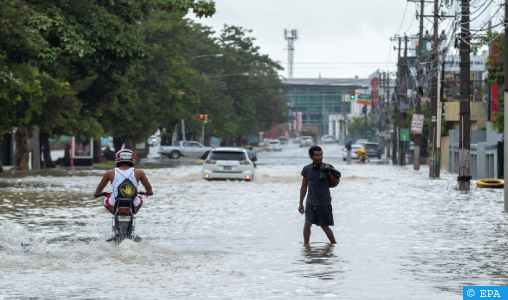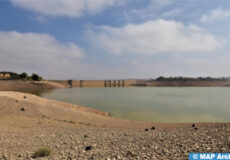Climate and Weather Related Disasters Surge Five-fold over 50 Years: WMO
Geneva – Over the past five decades, disasters related to weather, climate or water hazards, have become a regular occurrence, responsible for the deaths of at least 115 people, and causing $202 million in economic loses every day, according to a new report from the World Meteorological Organization (WMO), launched on Wednesday.
The Atlas of Mortality and Economic Losses from Weather, Climate and Water Extremes (1970-2019) paints a stark reality: climate change and more extreme weather has driven the number of disasters to surge five-fold over the past 50 years.
But the news is far from all bad. Thanks to improved early warning systems and disaster management, the number of deaths decreased almost threefold between 1970 and 2019 – falling from 50,000 in the 1970s to less than 20,000 in the 2010s. the report explains.
“Economic losses are mounting as exposure increases. But, behind the stark statistics, lies a message of hope. Improved multi-hazard early warning systems have led to a significant reduction in mortality. Quite simply, we are better than ever before at saving lives”, said WMO Secretary-General Petteri Taalas.
According to the Atlas, from 1970 to 2019, weather, climate and water hazards accounted for 50 per cent of all disasters, 45 per cent of all reported deaths and 74 per cent of all reported economic losses.
There were more than 11,000 reported disasters attributed to these hazards globally, with just over two million deaths and $3.64 trillion in losses. More than 91 per cent of the deaths occurred in developing countries.
Of the top 10 disasters, droughts proved to be the deadliest hazard during the period, causing 650,000 deaths, followed by storms that led to 577,232 deaths; floods, which took 58.700 lives; and extreme temperature events, during which 55,736 died.
Meanwhile, economic losses have increased sevenfold from the 1970s to the 2010s, going from an average of $49 million, to a whopping $383 million per day globally.
Storms, the most prevalent cause of damage, resulted in the largest economic losses around the globe.
Three of the costliest 10 disasters, all hurricanes that occurred in 2017, accounted for 35 per cent of total economic disaster losses around the world from 1970 to 2019.
In the United States, Hurricane Harvey caused $96.9 billion in damage, Maria in the Caribbean 69.4 billion, and Irma $58.2 billion in Cape Verde.
“The number of weather, climate and water extremes are increasing and will become more frequent and severe in many parts of the world as a result of climate change”, said Mr. Taalas. “That means more heatwaves, drought and forest fires such as those we have observed recently in Europe and North America”.













